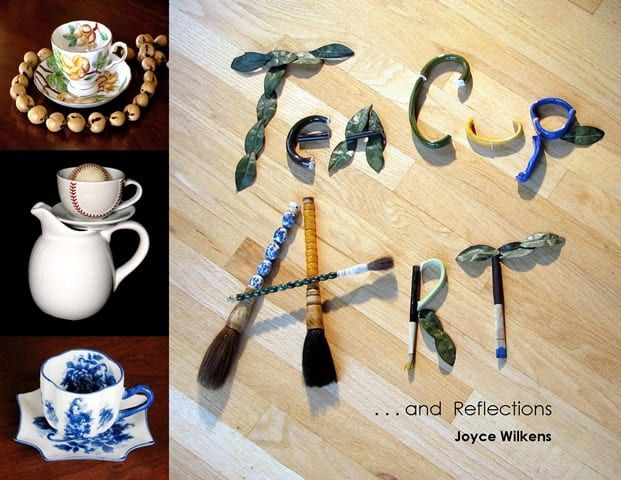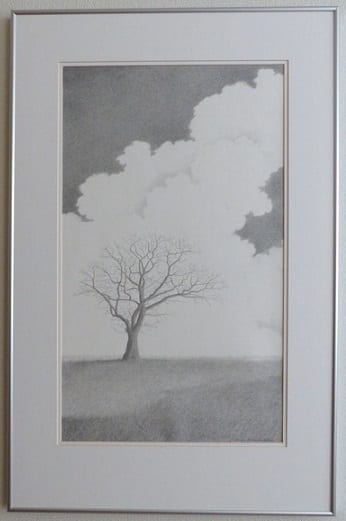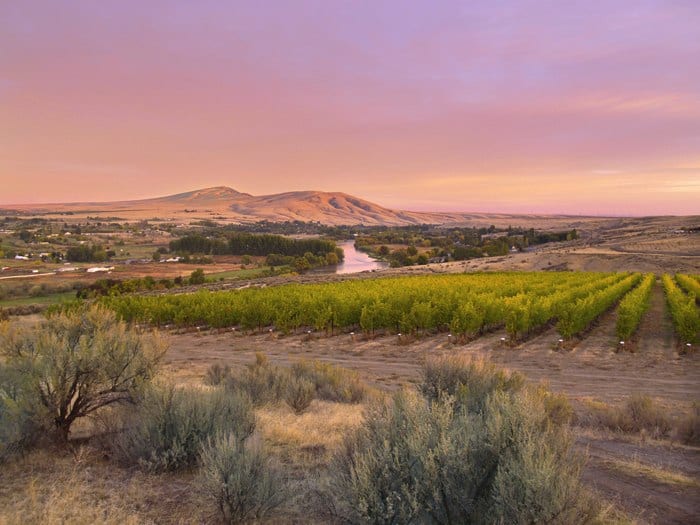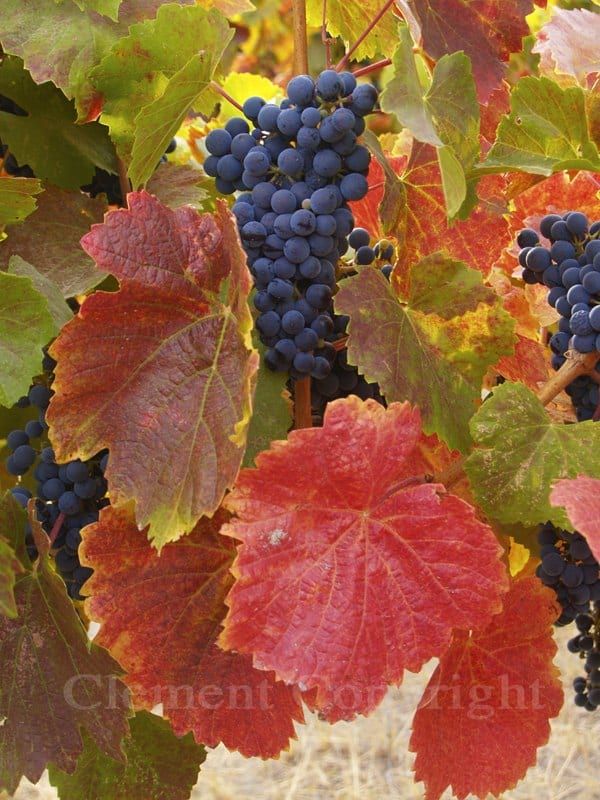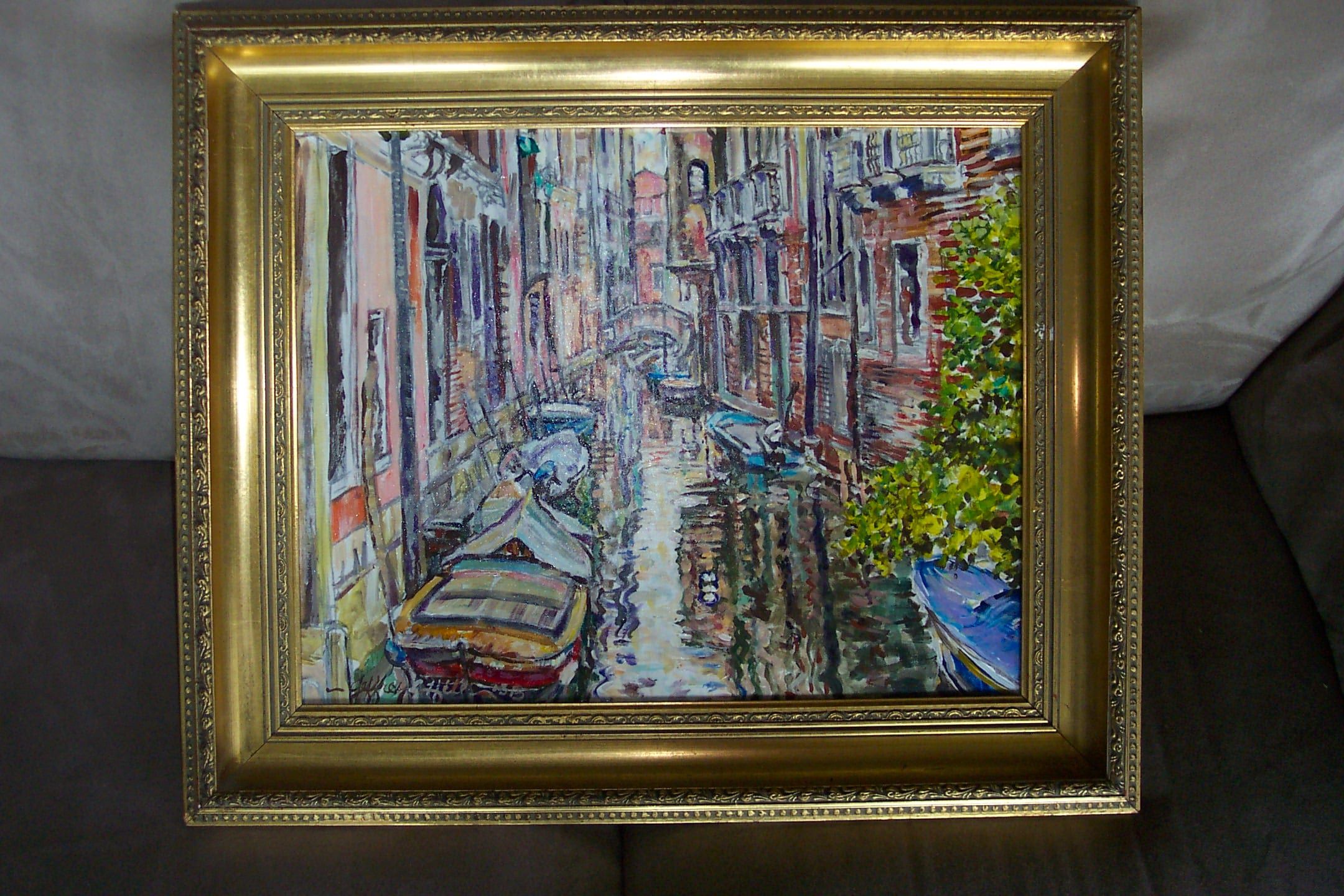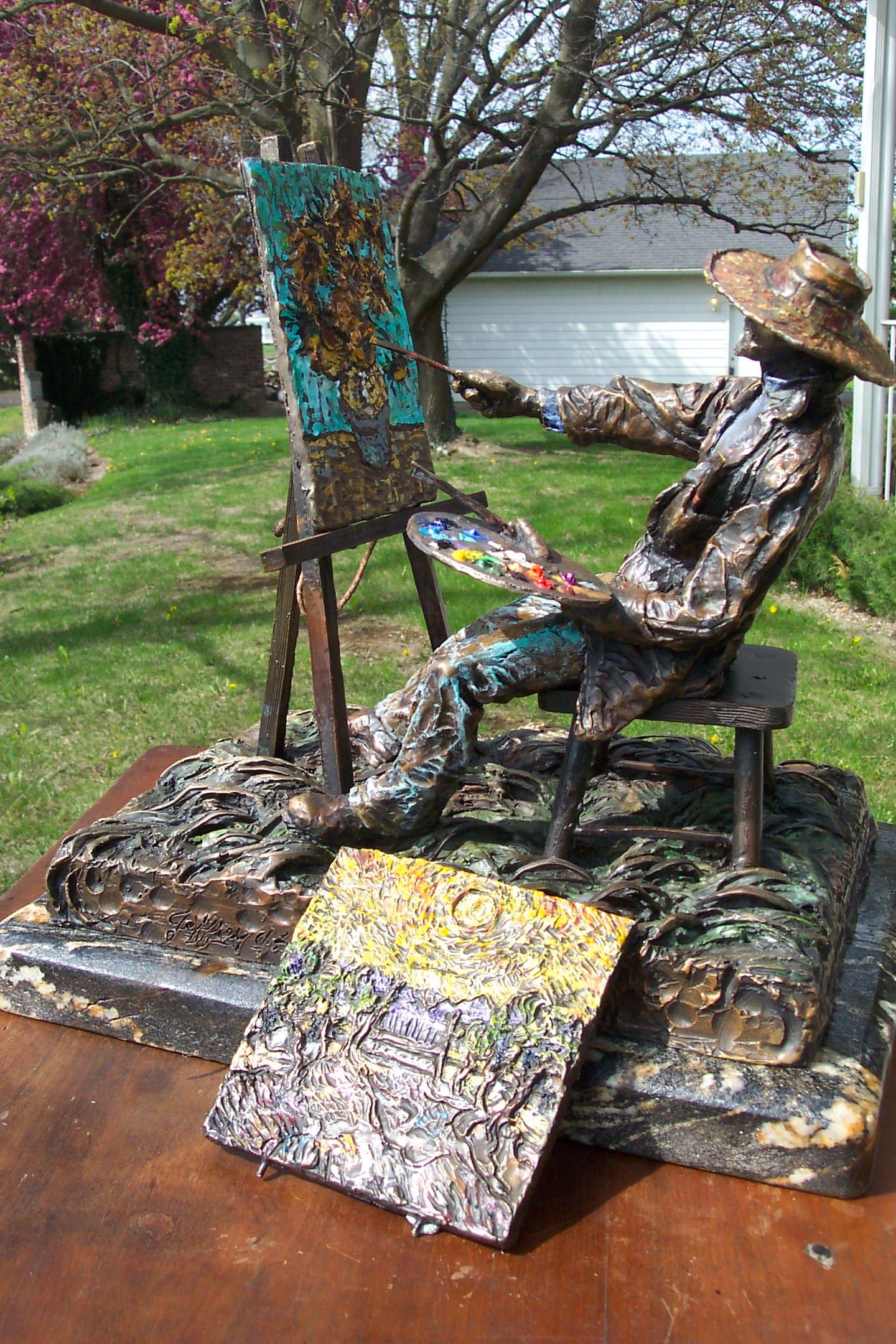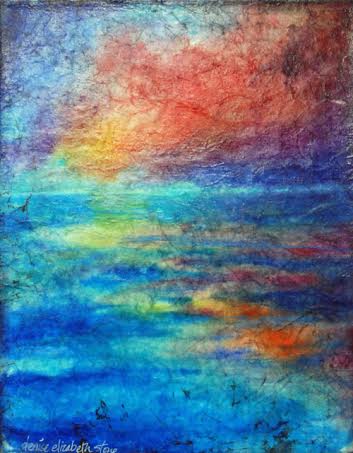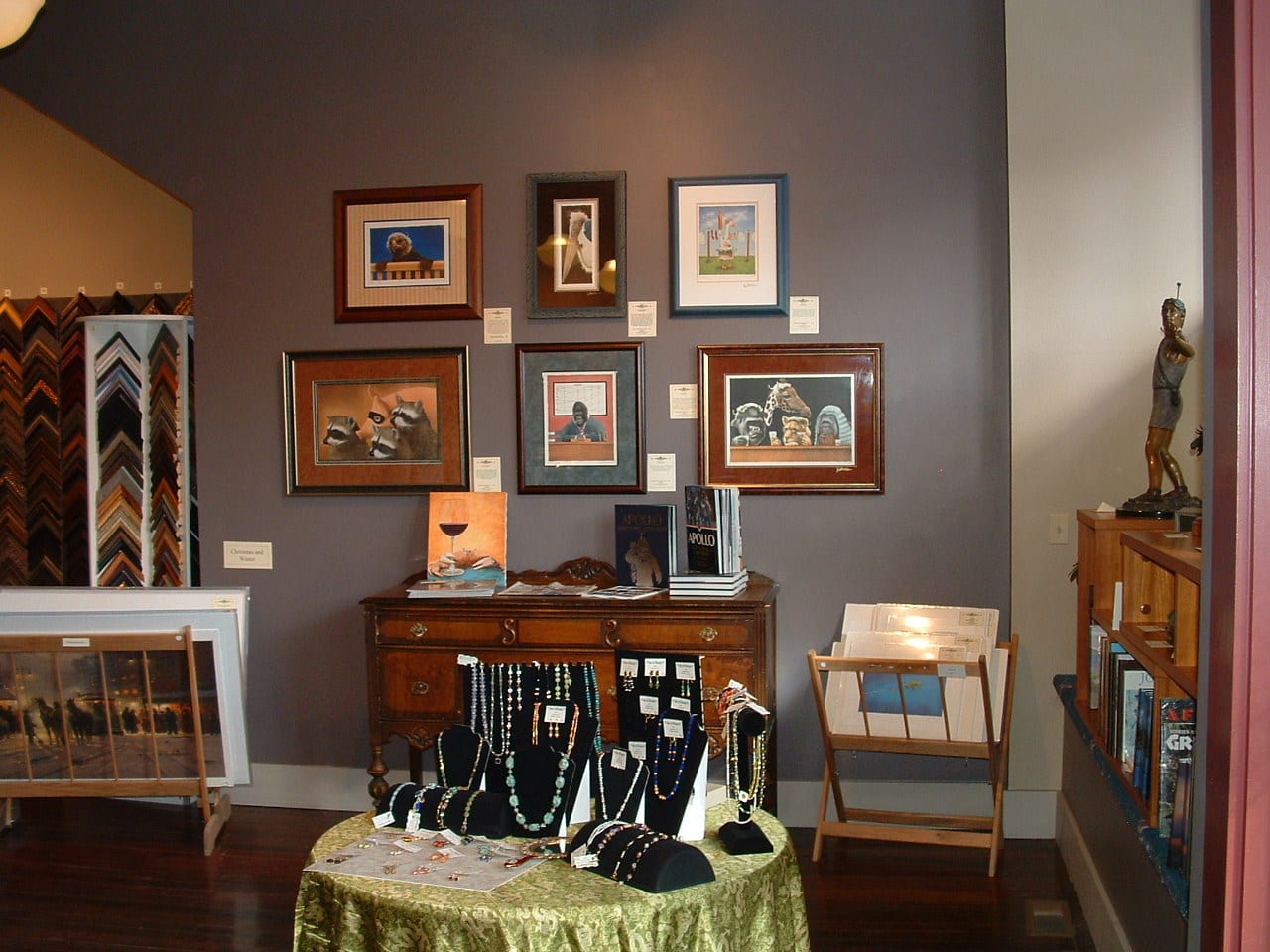The Best Thing to Do with Wood in Alaska — the Sculpture of Pat and Peggy Bookey
When you live in Alaska, what do you do with wood?
For wood artists Pat and Peggy Bookey of North Pole, AK, you don’t necessarily burn it, even though, according to Pat, “The lows here can be between -50 and -60 F!”
When you are the Bookeys, both retired teachers, you fuse your separate skills together to create ethereal, airy sculpture out of native Alaskan birch (Betula neoalaskana) or Koa (from Hawaii). Pat turns the wood into thin-walled bowls, vases, bottle stoppers, and pet urns while Peggy, often using a dentist’s drill, pierces the creations with intricate, lacelike designs incorporating flowers, birds, Pacific Northwest animals such as wildcats or wolves, and, oddly for people who live in a place called North Pole, Hawaiian flora, birds, turtles, and whales. There’s a reason for that, which we’ll get to later.
“This all started because I needed something to do during the long Alaskan winters,” Pat says of their joint effort at producing fine, yet functional, three-dimensional art. In the initial years, Pat worked alone on his woodturning creations, while Peggy focused on hand carving, delicately etching scenes on eggs from chickens, ducks, guinea fowl, and eventually, the exotic emu and ostrich. Despite working side by side, in a small garage workshop, for several years, the couple never thought of coalescing their skills until one day, Pat happened to ask Peggy to carve a scene on one of his turnings.
They never looked back. The ensuing collaboration has taken them out of the workshop into various geographical areas as they distribute their work to galleries and gift shops, and one of those areas has been Hawaii.
“We love to visit that state every year to defrost, so it made sense to seek out opportunities there,” Peggy explains. Their big break came when a sales associate at Martin and MacArthur, an island-based dealer in fine gifts, home accessories, and furniture, insisted that they show their work to the CEO, Michael Tam, who fell instantly in love:
“He couldn’t stop turning the bowl over and over, commenting on the intricate pierced holes and scenes on the wood,” Peggy says. With a strong presence and interest in Hawaii, the couple added Acacia Koa, a native Hawaiian wood, to their materials, and began incorporating native designs and elements.
In the earlier years of their working together, it was difficult finding the enough time, because even though Pat and Peggy were retired, “We had a significant role in raising our two grandchildren,” Peggy says. When the children were younger, “we developed a system where Pat would turn a vessel while I looked after the kids, then we would switch and I’d work as fast as possible on the piecing . . . it was one heck of a feat working at that speed. I really pushed that drill!”
As the grandchildren grew older, Pat and Peggy were able to slow down from high speed, but so much practice resulted in pretty near perfect: PJ Percy of TreelineUSA, a woodcarving supply establishment, says of Peggy:
“She is one of the fastest piercers I’ve ever seen.”
The Bookeys, and their work, have been featured in Woodturning, the largest international woodturning magazine, as well as Woodturning Design. One of their favorite sales stories involves the King of Morocco, who visited one of the Martin and MacArthur stores and purchased several pierced Koa bowls to be shipped home.
“The employees couldn’t wait to tell us this good news!” Peggy remembers. Another favorite sale happened at the museum gift store at the University of Alaska at Fairbanks, involving a large pierced vase, entwined with dragons, that the new owner hand carried back to China.
Pat and Peggy work together, and work together well, constantly encouraging, pushing, nudging each other to new heights of skill and art:
“Peggy’s relentless suggestions give me the confidence to continue to improve,” Pat says while Peggy notes,
“I was going to stop piercing about six years ago, but Pat pushed me on and supported me along the way. If it wasn’t for him, we wouldn’t be where we are today.”
Pat and Peggy Bookey are the featured Art Event artists at Wenaha Gallery June 9 through June 28, and you can enjoy a selection of both their Alaska birch and Hawaiian Koa creations at the downtown Dayton, WA gallery, 219 East Main Street. 
Contact the gallery by phone at 800.755.2124 or e-mail art@wenaha.com. Gallery hours are 9 a.m. to 6 p.m. from Monday through Saturday, and by appointment. Visit the Wenaha Gallery website online at www.wenaha.com.
Wenaha Gallery, located in historic downtown Dayton, Washington, is your destination location for Greenwich Workshop Fine Art Prints, professional framing, and original fine art paintings and sculpture by notable Pacific Northwest artists. Books, gifts, note cards, jigsaw puzzles, and more are also available. Visit at 219 East Main, Dayton; phone 509.382.2124; e-mail art@wenaha.com.
This article was written by Carolyn Henderson.







